Poldi Impact Hardness Tester
This is the simplest and most economical device for detecting hardness according to Brinell and determining tensile strength of engineering and tool steels, dies, forgjngs, railway material, beams, sheets, pipes, cast steel and various parts of steel as well as determining hardness according to Brinell for cast bronze, aluminium, brass, copper, grey and chilled cast iron.
Poldi Impact Hardness Tester enables to perform the impact test with the help of a hammer at workplaces, in workshops, at assembly sites or any other places. Brinell hardness and tensile strength can be seen in tables.
The test made with the Poldi hardness tester shall be performed in the following way:
Directions for use:
Quenched steel ball with the diameter of 10 mm shall be put between the piece tested and calibrated steel bar of a defined tensile strength (check test piece). A single strong hammer stroke shall create ball impressions into the check test piece and the piece tested at the same time. Diameters of both impresions have to be measured carefully with a magnifier provided with the tester. Based on the values measured, Brinell hardness and tensile strength of the piece tested can be found in the table. If a measuring microscope is available, diameters of impressions can be taken more precisely.
Poldi hardness tester, as well as Brinell hardness tester, may be used for all forgeable iron and steel types with the exception of austenitic steels, e.g. steel with 25 % Ni, steel with 14 % Mn, corrosion- resistant Cr-Ni steel, non-magnetic steel, etc.
Each calibrated steel piece can be used for about 40 tests.
Technical Data
When the common Poldihardness tester uses the check test piece made of steel having the strength of 70 kg/mm2 , the deviation of the tensile strength converted from the Brinell hardness compared to the real tensile strength in case of steel having the strength of 50-100 kg/mm2 is maximum ± 3 %, in case of milder types of iron and steel and steel having the strength of 100-150 kg/mm2 (e.g. with hardened, heat treated and high alloyed steels) it is maximum ± 5 %. With the stength of 150 – 200 kg/mm2 , inaccuracy may be, under certain conditions, even a little higher.
>>> CÓ THỂ BẠN QUAN TÂM >>>
Tủ thử nghiệm lão hóa do thời tiết
Tủ thử nghiệm nhiệt độ, áp suất theo độ cao
Tủ thử nghiệm chống xâm nhập IPx
Thiết bị thử nghiệm rơi và va đập
BAQ GmbH hoạt động trong lĩnh vực kiểm tra vật liệu từ năm 1992. Dòng sản phẩm bao gồm máy kiểm tra độ cứng cố định và di động (Vickers, Rockwell, Brinell, Shore, độ cứng va đập và phương pháp trở kháng tiếp xúc siêu âm (UCI)) cũng như các thiết bị kiểm tra độ dày lớp , khả năng chống mài mòn, chống trầy xước và độ bám dính của lớp phủ. Những thiết bị này được sử dụng trong tất cả các lĩnh vực thử nghiệm vật liệu, ví dụ: kiểm tra hàng hóa đầu vào, sản xuất, nghiên cứu và phát triển. Hơn 25 năm kinh nghiệm và hợp tác liên tục với Viện Kỹ thuật Bề mặt và Màng mỏng Fraunhofer và các tổ chức khác cũng như hoạt động phát triển và sản xuất nội bộ tại Đức đảm bảo chất lượng tốt và dịch vụ tối ưu. BAQ cũng cung cấp các giải pháp tối ưu cho các yêu cầu đặc biệt.


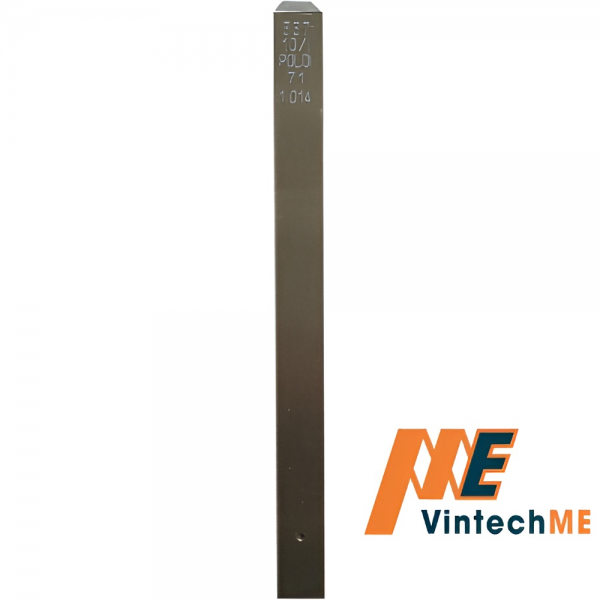
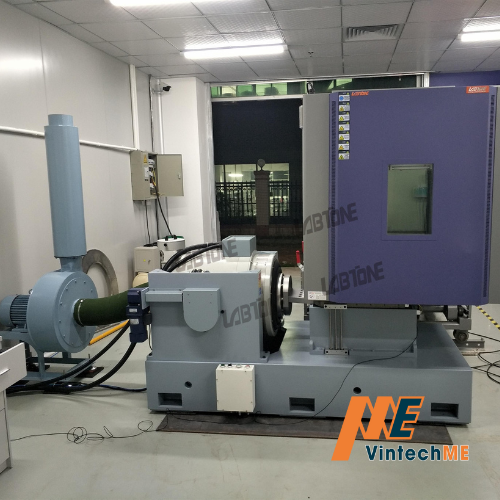

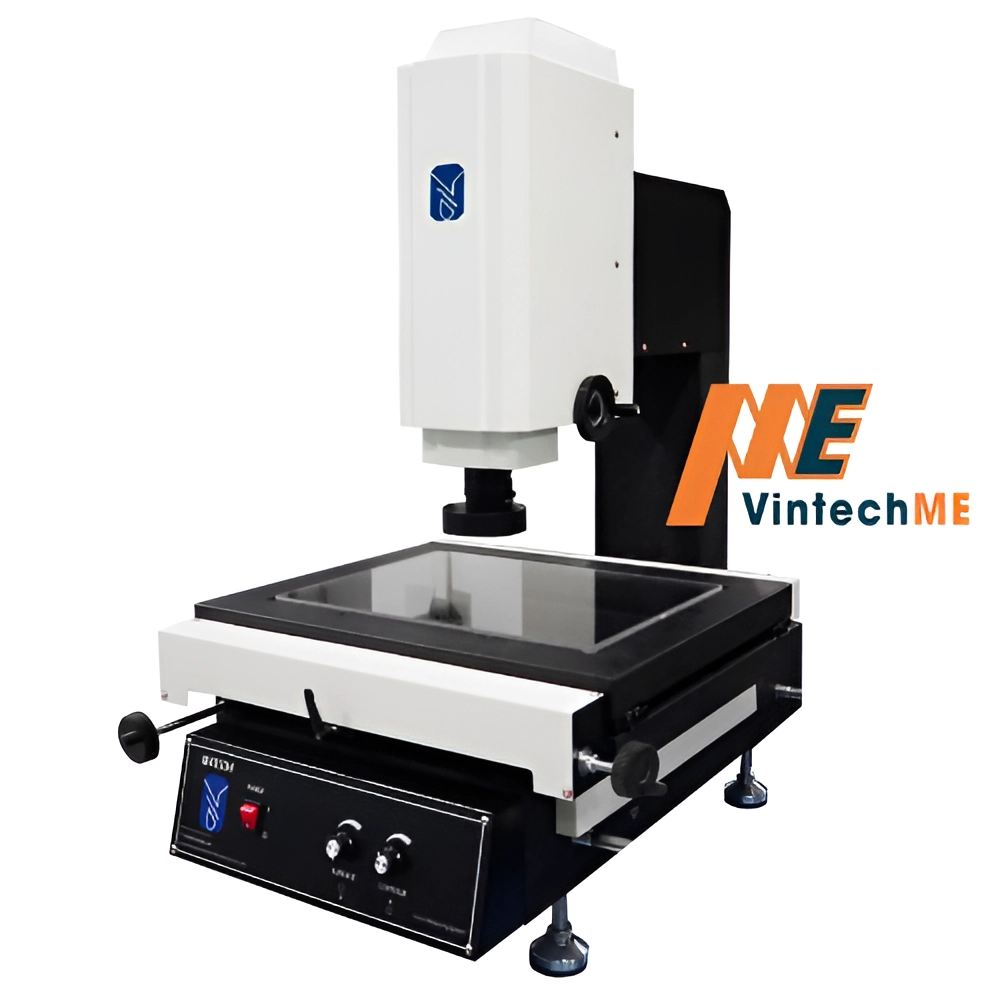

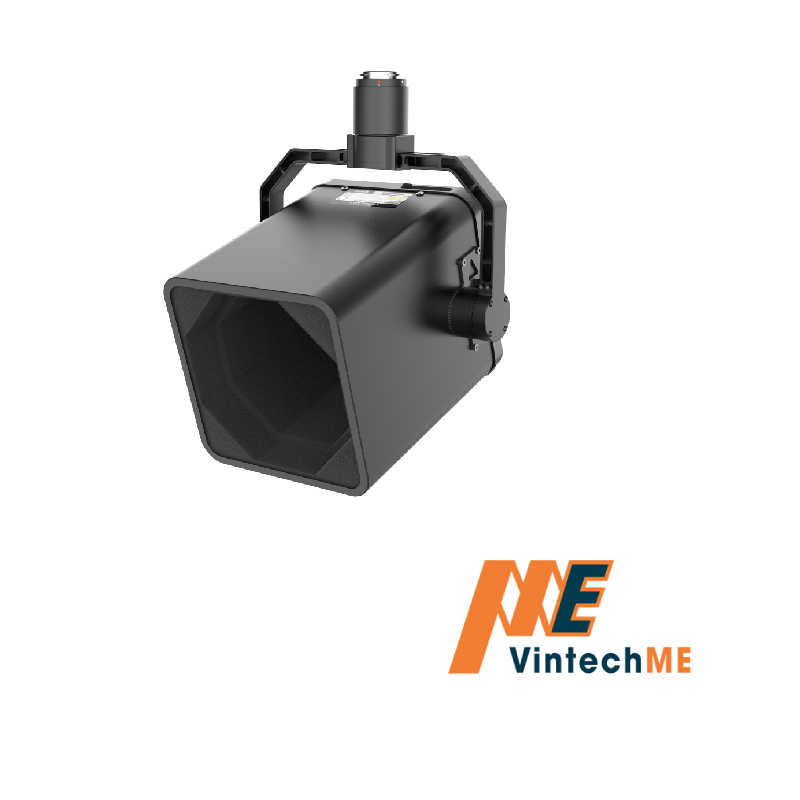
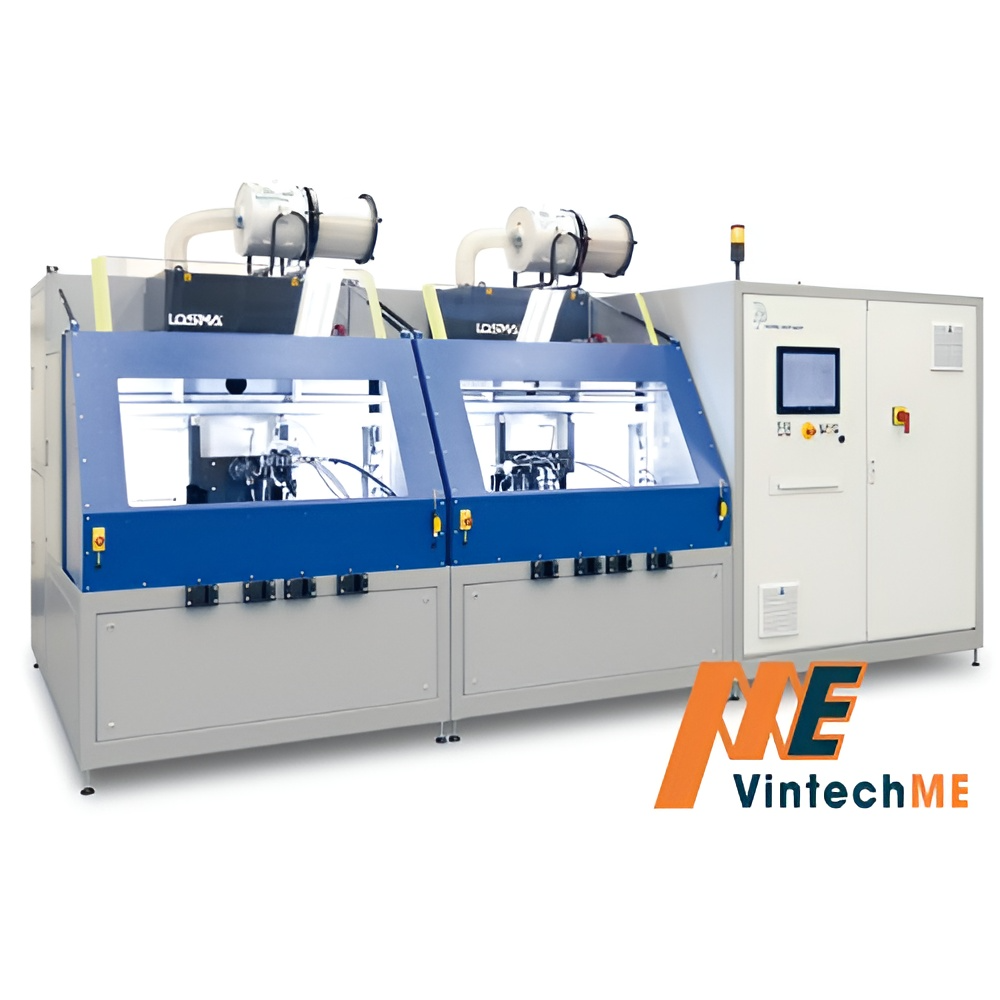
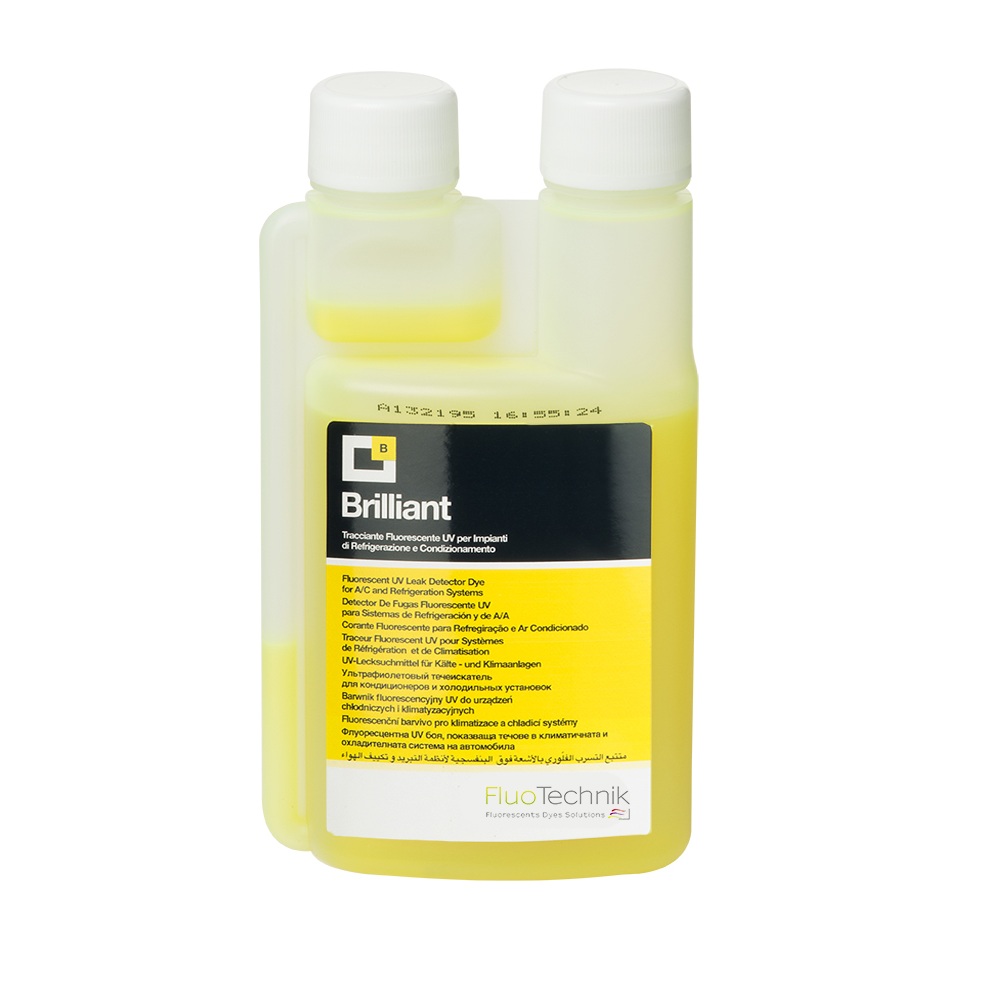
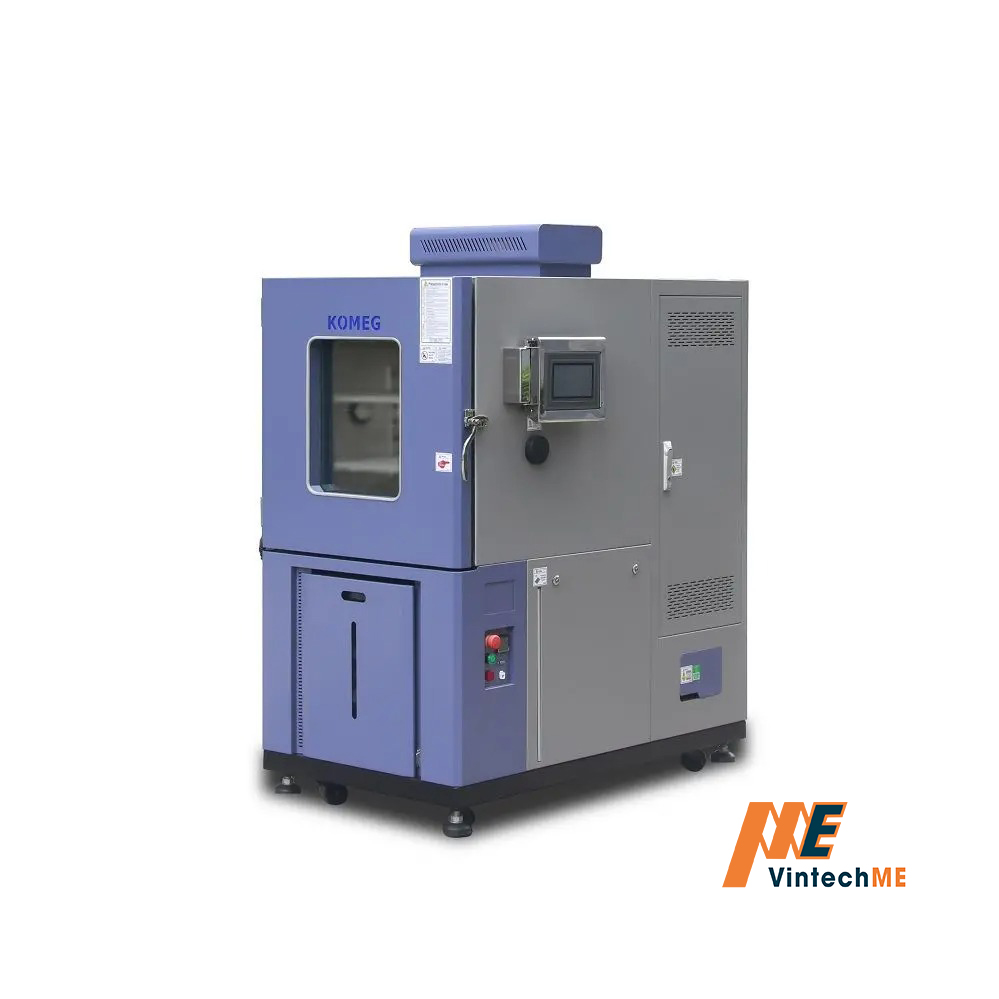
 Tiếng Việt
Tiếng Việt English
English